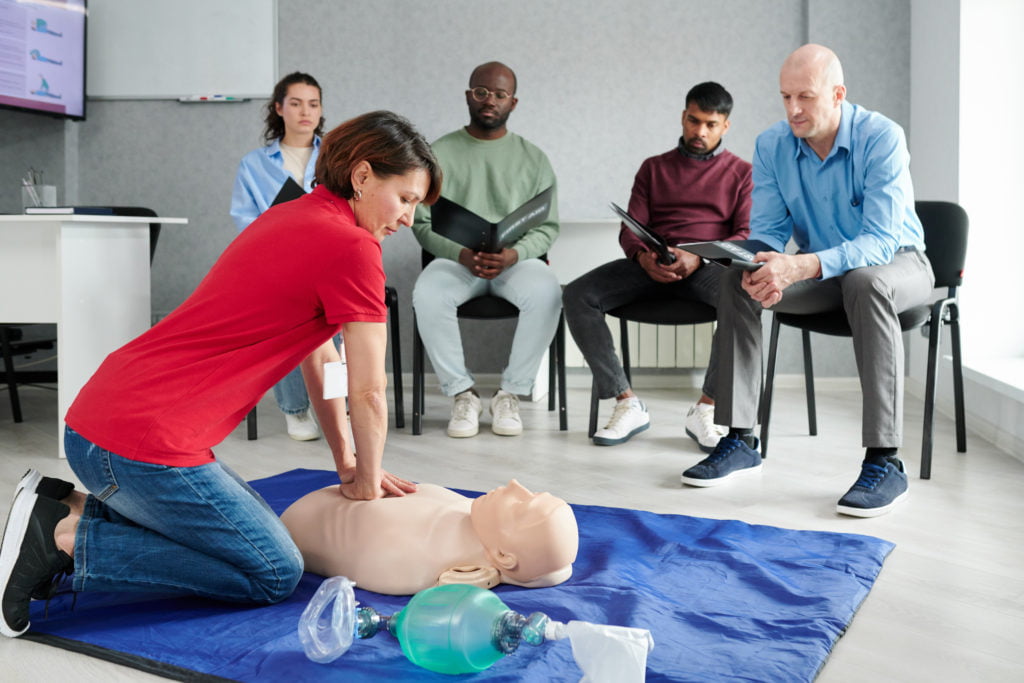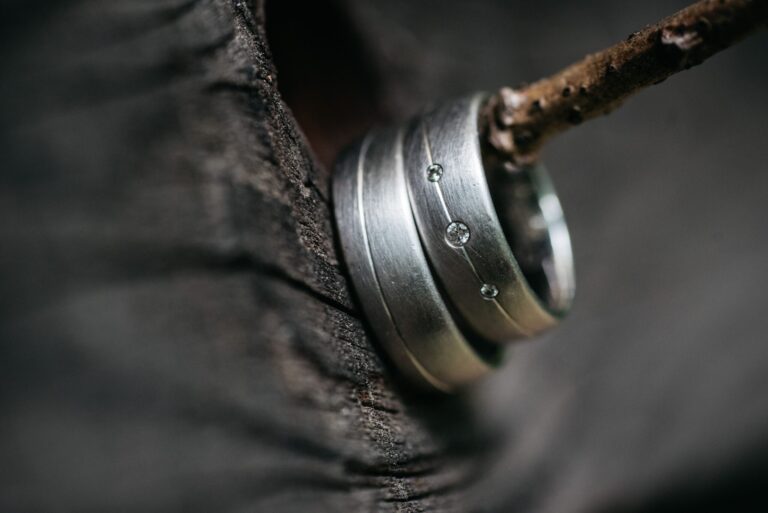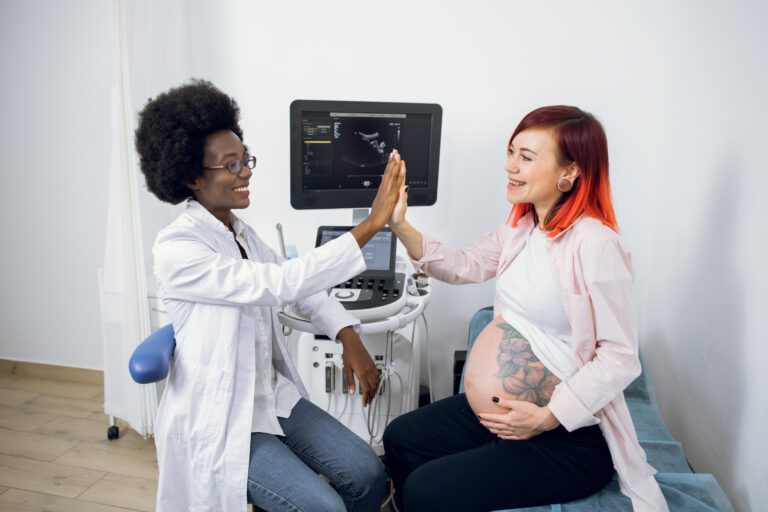Cardiopulmonary resuscitation (CPR) is a lifesaving technique that can help maintain blood flow and oxygen to the brain and other vital organs until medical help arrives. CPR is usually done when a person has a heart attack or is in cardiac arrest. If someone near you suddenly collapses, it’s important to know how to perform CPR. This can be the difference between life and death. this technique can be performed on adults, children, and infants. The steps are slightly different for each, so it is important to know how to properly perform it on the age group you are working with. In this article, learn how to perform CPR on an adult.
Assess the situation.
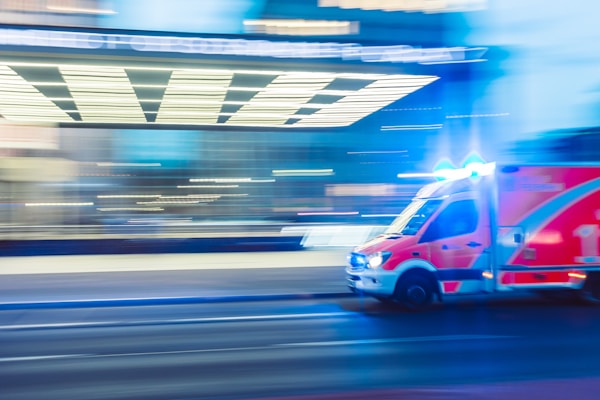
When someone is unresponsive and not breathing, it is important to assess the situation and determine if CPR is necessary. If an adult appears to be unconscious and not breathing, you should first check for a pulse by placing two fingers on the person’s neck just below the jawbone. Check for responsiveness by gently shaking the person’s shoulder and asking loudly, “Are you okay?” If the person is not responsive, call 911 or your local emergency number.
Administer CPR and first aid until medical professionals arrive.
If there is no pulse, begin CPR by performing 30 chest compressions followed by two rescue breaths. Once you’ve taken a course on CPR & first aid online, you’ll know exactly how to perform these techniques. Kneel next to the person and place one hand on top of the other on the center of the chest. Push down hard and fast, following a rhythm. The 30:2 ratio is an effective way to provide compressions during CPR. This means that for every 30 chest compressions, two rescue breaths should be administered. This allows victims to receive the necessary oxygen while also providing enough time for rescuers to give adequate breaths. Aim to give a rescue breath every five to six seconds. You can use either hands only or traditional CPR with compressions and rescue breaths. Continue the technique until the person begins to breathe on their own or until emergency medical personnel arrive.
Continue CPR if there is no pulse.
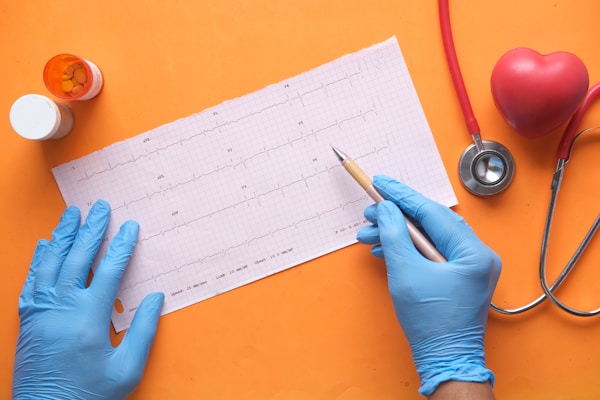
When you are performing CPR on an adult, you should continue chest compressions until the person develops a pulse. If there is no pulse, you should continue CPR for two minutes before checking for a pulse again. Keep the compressions going at a rate of 100 to 120 compressions per minute. To perform rescue breaths, keep in mind that you need to open the person’s airway. Take a deep breath and seal your lips around their mouth. Give the person a breath by blowing into their mouth and watch for the chest to rise. If the chest does not rise, give the person another breath.
Have someone find an AED kit.
When giving CPR, you will want someone to find an automated external defibrillator (AED) and bring it to you. The AED is a device that can shock the heart back into a normal rhythm. If someone is available to find and bring an AED to you, they should do so immediately. If there is no one available to find and bring an AED to you, continue CPR until help arrives.
Stay up to date on the latest CPR techniques.
Certification is typically only valid for a couple of years. You’ll want to retake the online course and get re-certified once your card expires. This allows you to stay up to date on the latest techniques and refresh your memory on how to administer first aid in emergency situations.
How to Perform CPR on an Adult is an important guide to have, as it teaches CPR methods that can help save someone’s life. The guide is overall helpful and easy to follow, making it a valuable resource for those who want to learn CPR.

